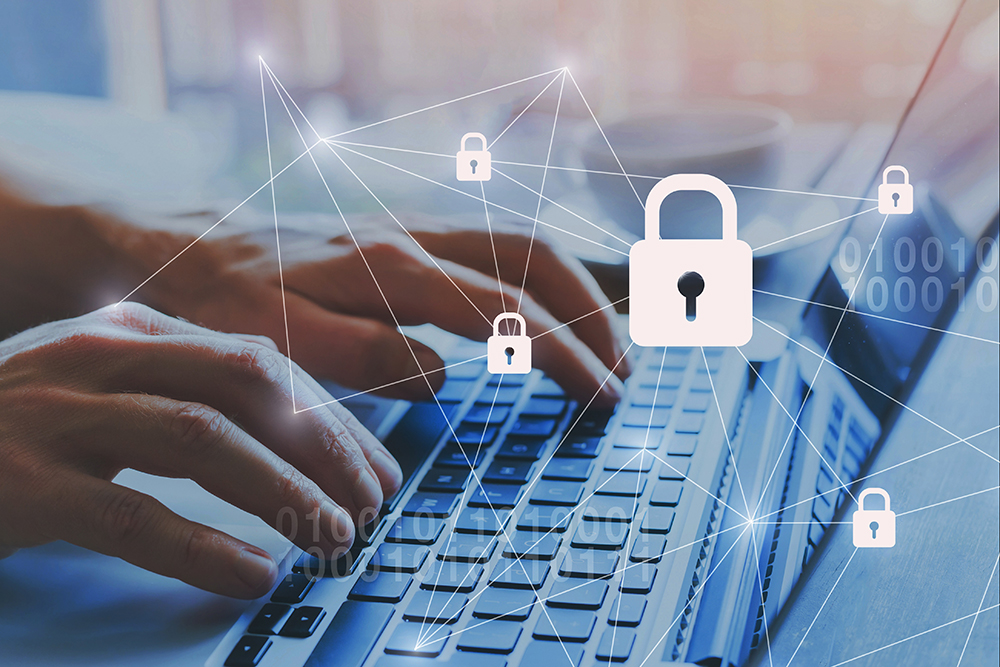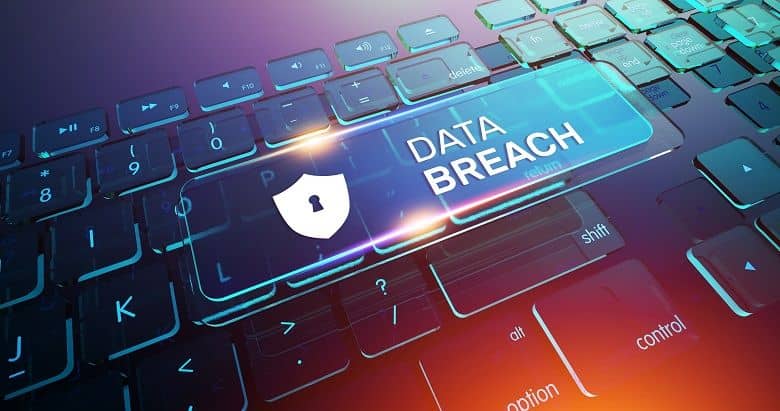Data security is a process that helps protect your computer data from unauthorized access or theft. It involves using various tools and techniques to secure your data, including encryption, firewalls, and password protection. Data security is important for both personal and business computers, as it can help prevent identity theft, financial fraud, and other crimes.
Computer data security is the protection of computer files and folders from unauthorized access. It is important to have data security in place to protect important information, personal files, and business records. Data security can be achieved through a variety of means, including passwords, encryption, and physical security measures.

Credit: industrytoday.com
What is Computer Data Security
Data security, also known as cybersecurity or information security, is the practice of protecting electronic information by mitigating information risks and vulnerabilities. Information risks can include unauthorized access, use, disclosure, interception, or destruction of data. Data breaches can occur when cybercriminals exploit weaknesses in an organization’s digital defenses to gain access to sensitive data.
Once they have gained access, they can then exfiltrate the data to an external location where it can be sold or used to commit fraud or other crimes.
Organizations must take steps to protect their data from unauthorized access, use, disclosure, interception, or destruction. Data security measures can include physical security measures such as locked cabinets and rooms; logical security measures such as user IDs and passwords; and administrative measures such as employee training and incident response plans.
In addition, organizations should consider implementing encryption technologies to further secure their data.
The costs of a data breach can be significant. In addition to the direct costs associated with remediation efforts, companies may also incur indirect costs such as reputational damage and loss of customer trust.
As a result, it is important for organizations to invest in robust data security solutions that can help them detect and prevent cyberattacks before they occur.
What are the Most Common Threats to Computer Data Security
Data security is a major concern for businesses and individuals alike. With the increasing reliance on computer systems to store and process information, the risk of data breaches and attacks is also on the rise.
There are a number of different threats to computer data security, but some of the most common include:
1. Malware: Malicious software, or malware, is one of the most common types of threats to computer data security. This software is designed to damage or disable computers, and can be spread through email attachments, downloads from untrustworthy websites or by infection from another compromised system.
2. Phishing: Phishing attacks are another common type of threat, which attempt to trick users into revealing sensitive information such as passwords or credit card numbers.
These attacks typically use fake emails or websites that mimic legitimate ones in order to lure victims into entering their personal details.
3. SQL Injection: SQL injection is a type of attack that exploits vulnerabilities in web-based applications in order to gain access to databases. This can allow attackers to view, modify or delete data stored within the database without authorization.
4. Denial-of-service (DoS) Attacks: A denial-of-service attack is an attempt to make a computer resource unavailable by flooding it with requests or traffic until it becomes overloaded and can no longer function properly. This type of attack can prevent legitimate users from accessing a website or service by making it inaccessible due to the high amount of traffic generated by the attacker.
How Can I Protect My Computer from Data Security Threats
There are many ways to protect your computer from data security threats. The most important thing you can do is install and regularly update security software, including an antivirus program and a firewall. You should also avoid clicking on unknown links or attachments, and be careful about what information you share online.
Additionally, backing up your data regularly can help you recover from a malware attack or other data loss incident.
What are Some Best Practices for Keeping My Data Secure
There is no single answer to the question of how best to keep data secure. However, there are some general principles that can be followed in order to reduce the risk of data loss or theft.
One of the most important things to do is to ensure that all data is backed up regularly.
This way, if something does happen to the original copies, there will be others that can be used instead. It is also important to keep backups in a separate location from the originals, in case of fire or flooding for example.
Another good practice is to encrypt all sensitive data.
This makes it much more difficult for someone who manages to gain access to the files to actually make use of them. There are many different encryption algorithms available, so it is worth doing some research into which would be most suitable for your needs.
Finally, it is also important to have strict access controls in place for any systems or databases where data is stored.
This means ensuring that only authorized individuals are able to view or modify the information and that all changes are logged accordingly. By following these simple steps, you can help protect your data from unauthorized access and misuse.
Computer Security | Types of Computer Security | Cybersecurity Course | Edureka
Conclusion
Computer data security is the process of protecting electronic information from unauthorized access. Data security includes both hardware and software methods to protect your data. Hardware data security measures include using encryption devices, firewalls, and physical security measures such as locked cabinets and rooms.
Software data security measures include installing anti-virus and anti-spyware programs, using strong passwords, and creating backups of your important files.
